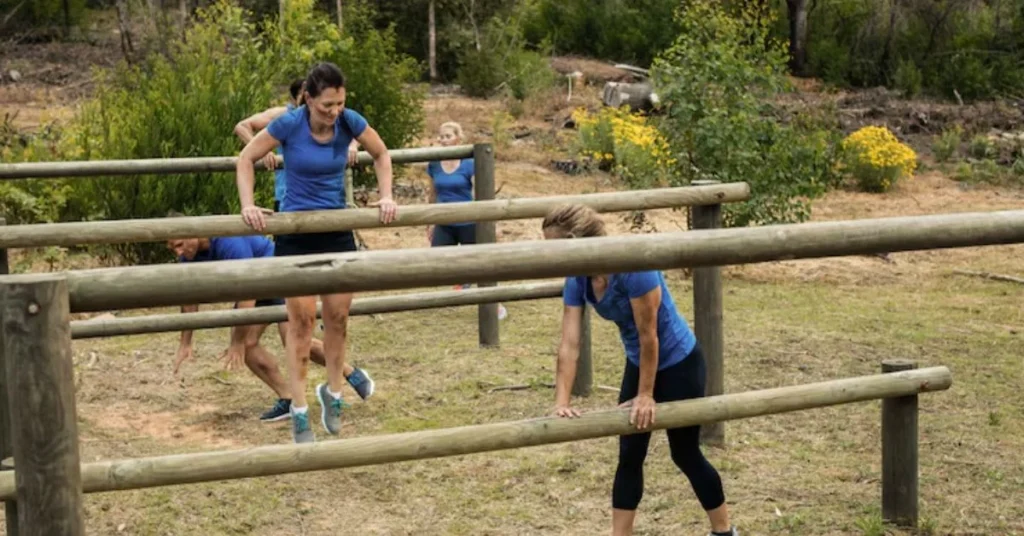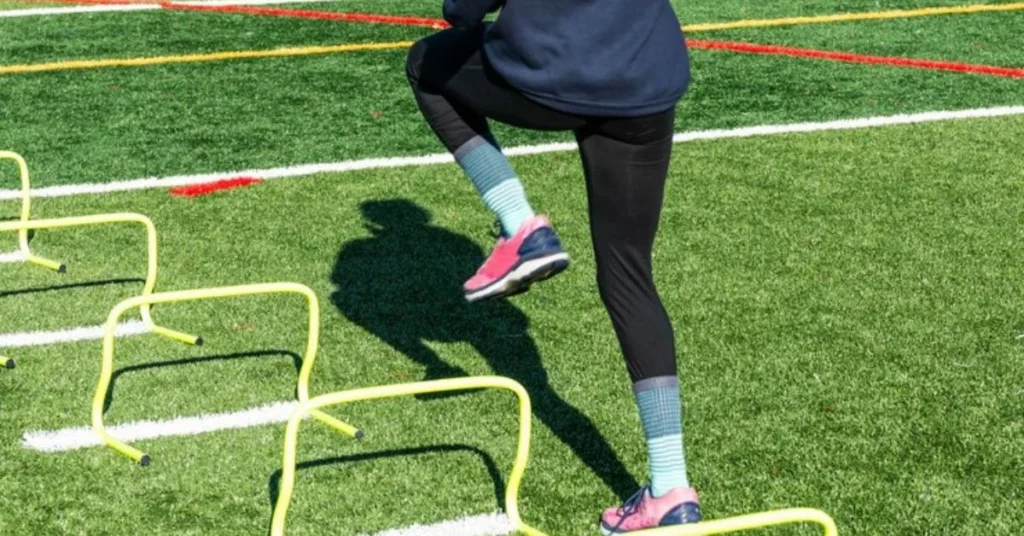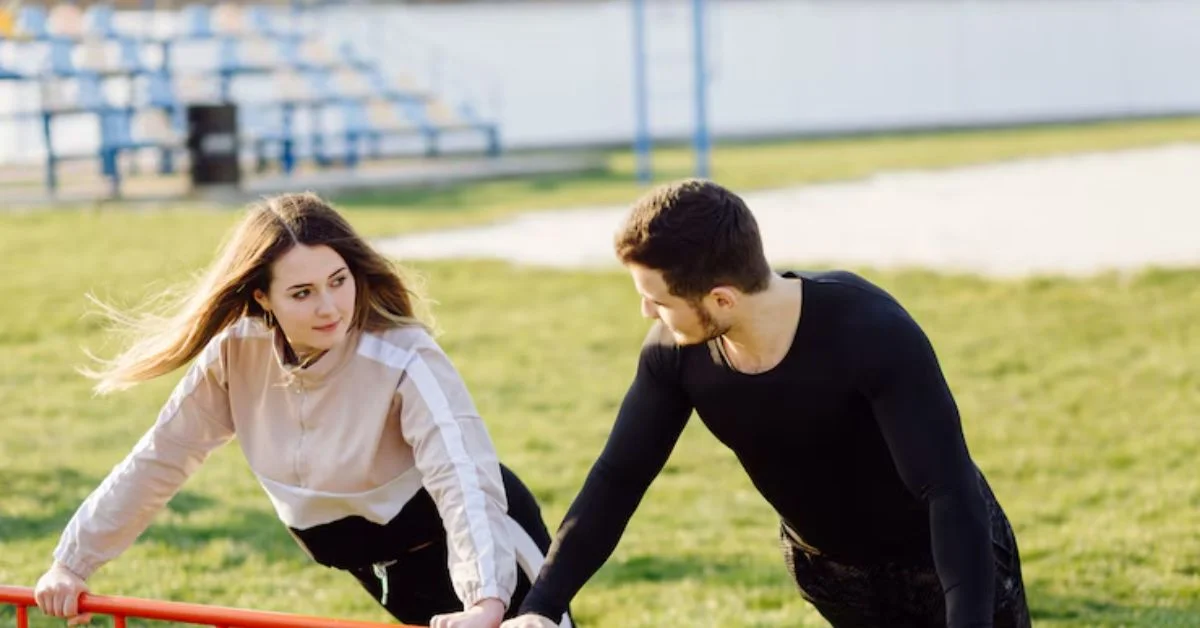Rhythm, timing, explosiveness, and self-assurance are all skills that may be honed via the practice of hurdle jumping. Knowing how to instruct hurdle methods properly will improve your program and reduce the risk of injury, regardless of whether you’re training novices or elite athletes.
This comprehensive book walks players through the hurdle technique step-by-step and offers coaching cues, workouts, and practical techniques to help them excel at this difficult event.
Understanding the Basics of Hurdling
Before teaching hurdle techniques, it’s important to understand what makes this event unique in track and field.
Types of Hurdles:
- Sprint Hurdles: 100m (women), 110m (men)
- Intermediate Hurdles: 300m or 400m hurdles (both genders)
Key Attributes of Successful Hurdlers:
- Speed and quickness
- Flexibility and mobility
- Core and hip strength
- Strong rhythm and coordination
Hurdling is about maintaining sprint speed while clearing obstacles efficiently. It’s a rhythmic event, not a jumping one.
Key Phases of the Hurdle Technique
Mastering the event requires breaking it into these core phases:
1. Approach Run
Establishes rhythm and builds speed before the first hurdle.
2. Takeoff
A quick, low, and forward launch from the penultimate step.
3. Flight Over the Hurdle
The lead leg and trail leg clear the hurdle while maintaining forward momentum.
4. Landing and Recovery
The athlete lands on the lead leg and continues with minimal deceleration.
5. Inter-Hurdle Stride Pattern
Most hurdlers use a 3-step pattern between hurdles (sprint hurdles).
How to Teach Hurdle Techniques: Step-by-Step Progression
Step 1: Build Fundamental Sprint Mechanics
Before introducing hurdles, ensure athletes have proper sprint posture, arm drive, and foot strike.
Step 2: Introduce Lead Leg and Trail Leg Mechanics
Use flat ground and low barriers. Practice separately:
- Lead leg: Drive knee, extend over the barrier
- Trail leg: Lift and rotate over the hurdle in a sweeping motion
Step 3: Low Hurdle Walkovers
Teach rhythm, form, and foot placement with drills that minimize fear.
Step 4: One-Step and Three-Step Drills
Begin teaching race-specific stride patterns using hurdles at adjusted heights and distances.
Step 5: Full Hurdle Integration
Use regulation hurdles. Emphasize continuity, rhythm, and speed preservation.

Drills for Teaching Hurdle Mechanics
A. Lead Leg Drill
- Use cones or hurdles to isolate the lead leg motion.
- Cue: “Lift, extend, snap down.”
B. Trail Leg Drill (Wall Drill)
- Face a wall, simulate trail leg motion repeatedly.
- Cue: “High knee, drive through, snap around.”
C. Walking Hurdles
- Helps teach movement economy over barriers.
- Focus on foot placement and body lean.
D. Three-Hurdle Rhythm Drill
- Set three hurdles at closer distances.
- Develops quick step pattern and consistency.
E. Hurdle Mobility Series
- Includes side walkovers and skips to improve flexibility and muscle memory.
Common Mistakes and How to Correct Them
| Mistake | Correction |
| Jumping too high | Teach low takeoff and tight clearance. Cue: “Skim the hurdle.” |
| Swinging arms across the body | Reinforce proper sprint mechanics. Use mirror drills. |
| Dropping trail leg | Use wall trail leg drills to reinforce upward motion. |
| Reaching with the lead leg | Focus on knee lift, not foot reach. Cue: “Drive the knee forward.” |
| Losing rhythm between hurdles | Reduce spacing or height to rebuild timing. |
Coaching Cues and Communication
The language you use can dramatically influence technique retention. Clear, concise, and consistent cues are essential.
Top Coaching Cues:
- “Knee up, toe up”
- “Snap down, run off the hurdle”
- “Lead with the knee, not the foot”
- “Drive the arms back into sprint”
Tip: Use video analysis to show hurdlers their form. Visual feedback is powerful.
Equipment Needed for Effective Hurdle Training
- Adjustable hurdles (for progression)
- Mini hurdles or cones
- Marking tape for stride spacing
- Resistance bands for hip mobility
- Stopwatches and cameras for timing and form review
Optional: Speed ladders, plyo boxes, starting blocks
Age-Appropriate Training Considerations
For Youth (Ages 8–12):
- Focus on fun, safety, and basic form.
- Use soft barriers and foam hurdles.
Middle & High School (Ages 13–18):
- Emphasize rhythm, flexibility, and proper stride count.
- Begin full event integration.
College and Elite:
- Target event-specific conditioning and race strategies.
- Fine-tune hurdle clearance efficiency.
Safety and Injury Prevention in Hurdling
Common Injuries:
- Hamstring strains
- Hip flexor tightness
- Shin splints
- Knee stress
Prevention Strategies:
- Warm-up and dynamic stretches
- Core and hip strengthening
- Flexibility routines
- Proper progression of hurdle height
Always teach athletes to “roll safely” if they trip rather than trying to save themselves mid-air.
Real-World Coaching Success Stories
Coach Dana from Texas
“I had a sprinter who feared hurdles. We spent two months on walkovers, mobility, and trail leg drills. By season’s end, she PR’d and qualified for regionals.”
High School Program in Oregon
“Our team added low hurdle progression drills to warmups. Within weeks, 80% of our hurdlers showed improved clearance and fewer stumbles.”
These stories show that great coaching is about building fundamentals and confidence over time.

Conclusion: Hurdle Techniques
It takes persistence, imagination, and a methodical approach to learn how to instruct hurdle skills. Coaches may assist hurdlers in becoming efficient, self-assured, and injury-free by dividing the process into stages, utilizing specific drills, and adapting to the athletes’ level of preparedness.
FAQs: Hurdle Techniques
1. What is the best age to start teaching hurdle techniques?
Most coaches recommend starting light hurdle drills around age 10–12, focusing on form over height or speed.
2. How do I help an athlete overcome fear of hurdles?
Start with very low or soft hurdles. Use drills that separate the components of hurdling and rebuild confidence gradually.
3. Should hurdlers train differently than sprinters?
Yes. While sprint training is essential, hurdlers also need mobility, rhythm drills, and hurdle-specific technical work.
4. How do I know if an athlete is suited for hurdles?
Look for athletes with flexibility, coordination, sprint speed, and a good attitude toward technical challenges.
5. How many hurdles should I use in a beginner workout?
Start with 1–3 hurdles spaced for comfort, focusing on form and rhythm over volume.
For more information, click here.









